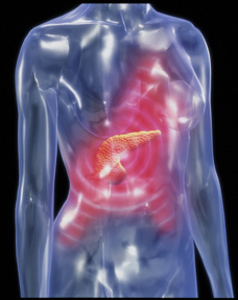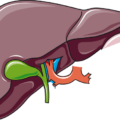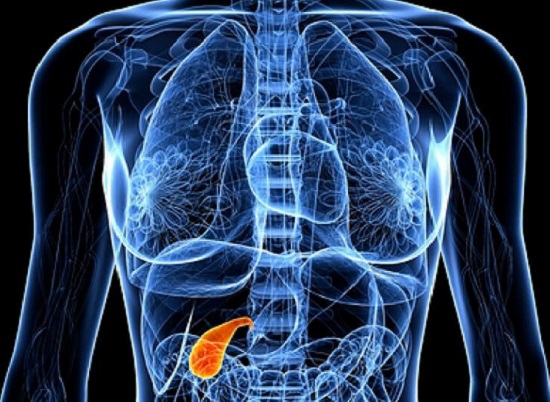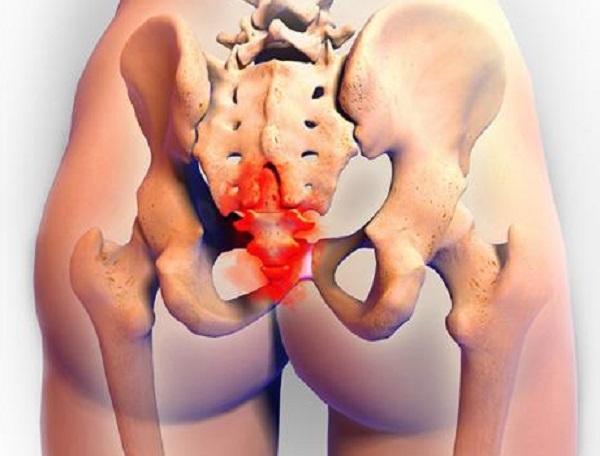I never thought I would be an advocate for pain medication access. I have been clean from alcohol and non-opiate drug abuse for 17 years. I am an active member of a 12 step fellowship. I sponsor women and have a sponsor. I regularly attend meetings. For most of my recovery I was anti-pain medication. I still believe opioid pain medication should be avoided in most situations. I also advocated against pain medication—so that it would not get into the hands of teens.
From Sphincter of Oddi Dysfunction To Chronic Pancreatitis
I dealt with sphincter of oddi dysfunction pain for over 13 years, never taking opioid pain medication for this condition. I also have painful neuropathy for which non-narcotic medication did not help. I chose to treat with alternative therapies, which sometimes helped. This year I was diagnosed with chronic pancreatitis. Chronic pancreatitis is well documented in the medical literature as being “excruciating”, “severe”, and even “miserable”. Some medical articles have documented chronic pancreatitis pain as worse than pancreatic cancer pain. In some states I qualify for palliative care, one step down from hospice care. There are no evidence-based treatments for chronic pancreatitis pain other than opioid pain medication and total pancreatectomy (pancreas removal).
The horrible unrelenting pain flares drove my family and me to seek pain management. After all, I wanted to die. I am not just saying I wanted to die. I mean I really wanted to die. The pain was on par with labor pain. Imagine trying to function every day in labor—but have no break in between contractions? I learned to function with the daily pain but when the flares came on I thought I would die and if I didn’t I surely needed to figure out how to end my life and suffering. My primary care doctor and a gastroenterologist I later fired tried me on the usual first line treatments for pain. NSAIDs gave me microscopic colitis. Tylenol was useless. Non-cholinergics like amitriptyline caused severe itching in places I’d rather not mention. Nerve medications like gabapentin and Lyrica and anything affecting GABA caused flu-like symptoms and exacerbated my pancreatic symptoms (pancreatitis is a side effect). I tried hypnotherapy, acupuncture, reiki, yoga, meditation, magnesium, and any natural remedy I came across.

Eventually pain of this level wears on the body and mind no matter how hard you are working at treating it. Finally, after heavy consult with my Higher Power, sponsor, mom, husband, and a close recovery friend, it was decided I needed to actively seek stronger more effective pain relief. My primary care and pretty much all primary care doctors in my area have a policy of not prescribing opioid pain medication. Specialists, unless you have cancer, don’t either. No pain management doctor in our area who takes insurance will prescribe pain meds anymore—they only offer injections, procedures, and non-narcotic medications. At one point I relented out of desperation to have a celiac plexus nerve block. The pain doctor kept insisting it was the only thing that worked for pancreatic pain. My primary care totally bought into it too, mostly I felt because he didn’t have to write a prescription. These doctors had no clue how tapped in I was with research. Nowhere was it documented to be a proven treatment for chronic pancreatitis. Regardless, because I was desperate for pain relief and told this was my only hope, I paid a hefty copay, spent half the day in the hospital, was sedated and had a needle stuck through my abdomen. It did nothing. No relief.
A Near Stroke from Severe Pancreatitis Pain
At one point my body just could not handle the pain anymore. I had gone so long suffering that it said, “enough.” One evening a few months ago the pain intensified to a degree my blood pressure doubled (I have one of those little machines) and my right side went numb. I was about to have a stroke! From pain! Luckily I was saved with emergency pain medication. At this point my gastroenterologist was infuriated my primary or any pain doctor would not try to manage this. He ended up prescribing a low but effective dose of an opioid for the flares so I wouldn’t stroke out and die. Unfortunately, the hospital he worked at told him I needed to find pain management. I finally found a doctor quite a drive away who I have to pay out of pocket because apparently insurance companies think they are the DEA now and don’t want to approve insurance for pain doctors who prescribe opioids. For now, I have a safety net. I do not enjoy pain medication and only take when I absolutely need to. My recovering addict friends don’t get it and quite frankly they don’t have to. Try walking in my shoes, having chronic pain and illness for four years straight. Trust me, the only pill you’ll desire is one that makes you feel normal, not one with side effects.
Guidelines on Pain Management Ignore Chronic Pain
When the opportunity arose to comment on the draft Center for Disease Control’s “CDC Guideline for Prescribing Opioids for Chronic Pain”, I looked forward to reawakening my grant reviewer skills to objectively identify the strengths and weaknesses of the document with the hope it would help pain patients. Unfortunately, I found it near impossible and beyond frustrating to review this document in an objective manner. The guideline is not organized like a typical guideline or tool kit. It is nothing more than a literature review of the harms and risks of opioids times 100. It is a warning for all doctors to not treat pain! Reading this document left me scared—really scared. It left me wondering what happened to the United States and to the rights of chronic pain patients? How could this be? No consumer groups or chronic pain patients were included in their peer review or “experts” process.
Yes, there are harms and risks with opioids, but a document meant to help primary care doctors in prescribing should be just that. It is biased in that it quotes very little about the realities of opioid treatment—that it is sometimes the only treatment modality left for some people. Even the DEA and 21 Health Organizations wrote, “Promoting pain relief and preventing abuse of pain medications: A critical balancing act” which states “Effective pain management is an integral and important aspect of quality medical care, and pain should be treated aggressively… Preventing drug abuse is an important societal goal, but it should not hinder patients’ ability to receive the care they need and deserve”.
The guideline talks about other medications and treatments yet fails miserably at discussing the lengthy side effects and risks of these treatments. They are conveniently omitted. The statistics in the Background section do not delineate criminal activity from actual chronic pain patients in a pain management type setting nor does it flesh out overdoses or drug use that involved polydrug use of illicit drugs or alcohol. Instead of a literature review detailing harms and risks doctors need supportive information. I would hope that a doctor knows the risks of any medication they are prescribing.
What Pain Management Guidelines Should Address
The guideline should explain that primary care doctors may be the only opioid prescriber in a patient’s area as most pain management doctors no longer manage chronic pain with opioids and specialists refuse to prescribe. Primary care doctors have by default become pain management doctors. As such, pain patients should not be punished for this trend. Also, doctors need to learn how to educate patients on the difference between physical dependence, tolerance, and addiction/misuse of opioid medications. Just because you are on pain medication does not mean you are a drug user or an active addict.
Patients need to be taught basic opioid safety—keeping the opioids locked away and out of teenagers’ hands. Many patients are naïve to think their teens would never consider experimenting with their meds or visitors won’t snoop through a medicine cabinet. Providing real-world information will prevent unnecessary overdoses NOT limiting chronic pain patients their pain medication.
The CDC is clearly not the appropriate agency to spearhead opioid prescribing guidelines. They are good at authoring literature reviews on ebola and trying to find cures for diseases. They are NOT equipped to publish guidelines of this manner. This is not an epidemic as the media is reporting. Overdoses and drug abuse are rare in the chronic pain patient population. There is no evidence chronic pain patients become heroin addicts. In fact, the only heroin addicts I’ve met who used to be chronic pain patients were those who were cut off from their doctors with no treatment plan. Proper pain management actually prevents illicit drug abuse. Hopefully the chronic pain patient’s story will be heard. So far, the government and media have turned a blind eye to them.
Photo by danilo.alvesd on Unsplash.












